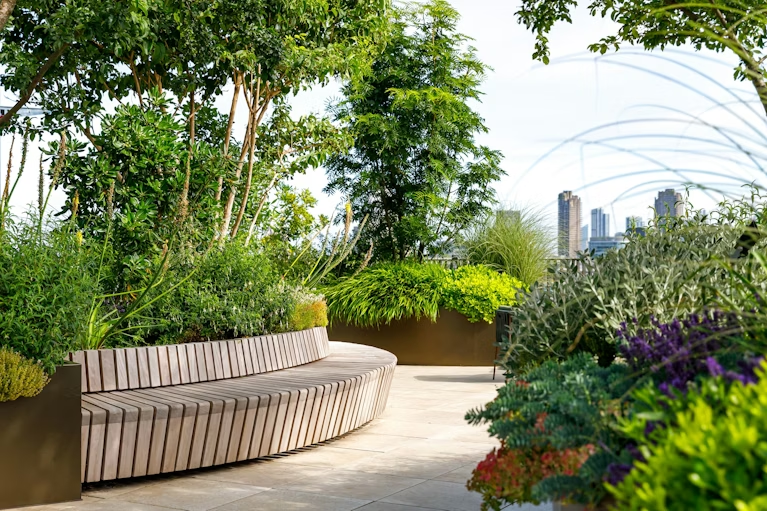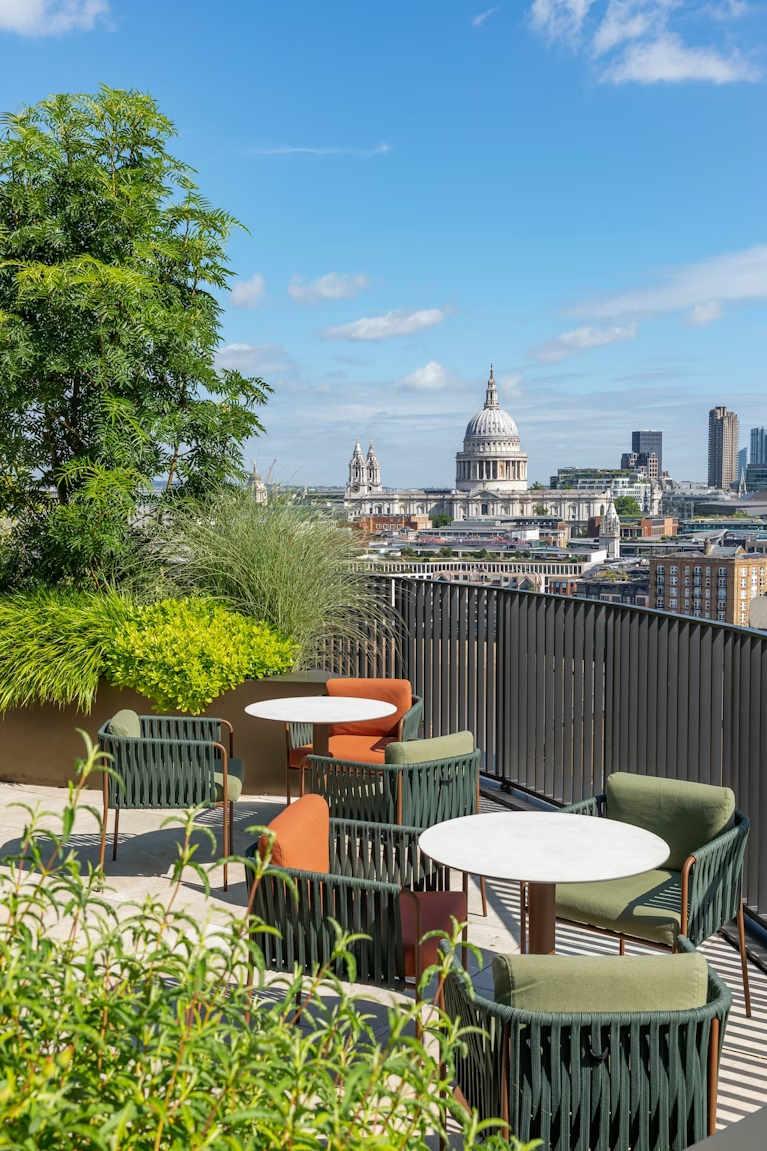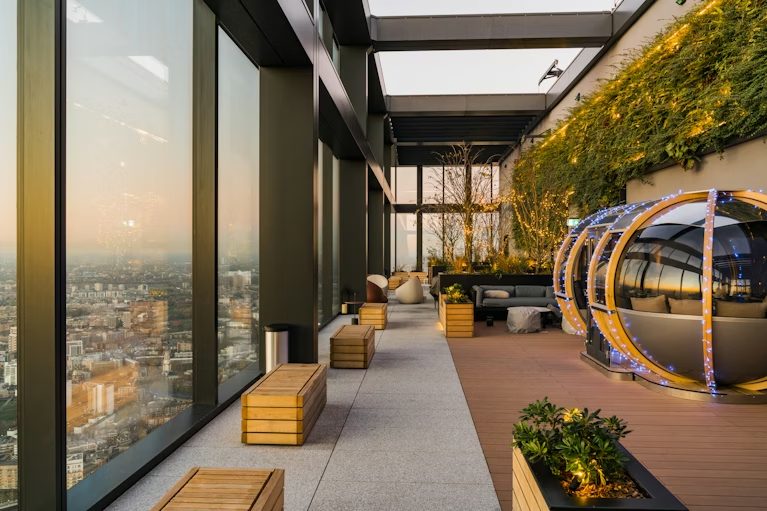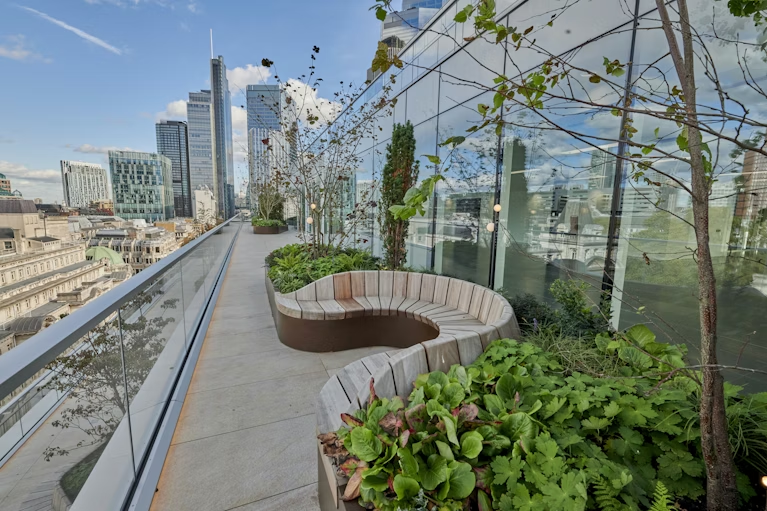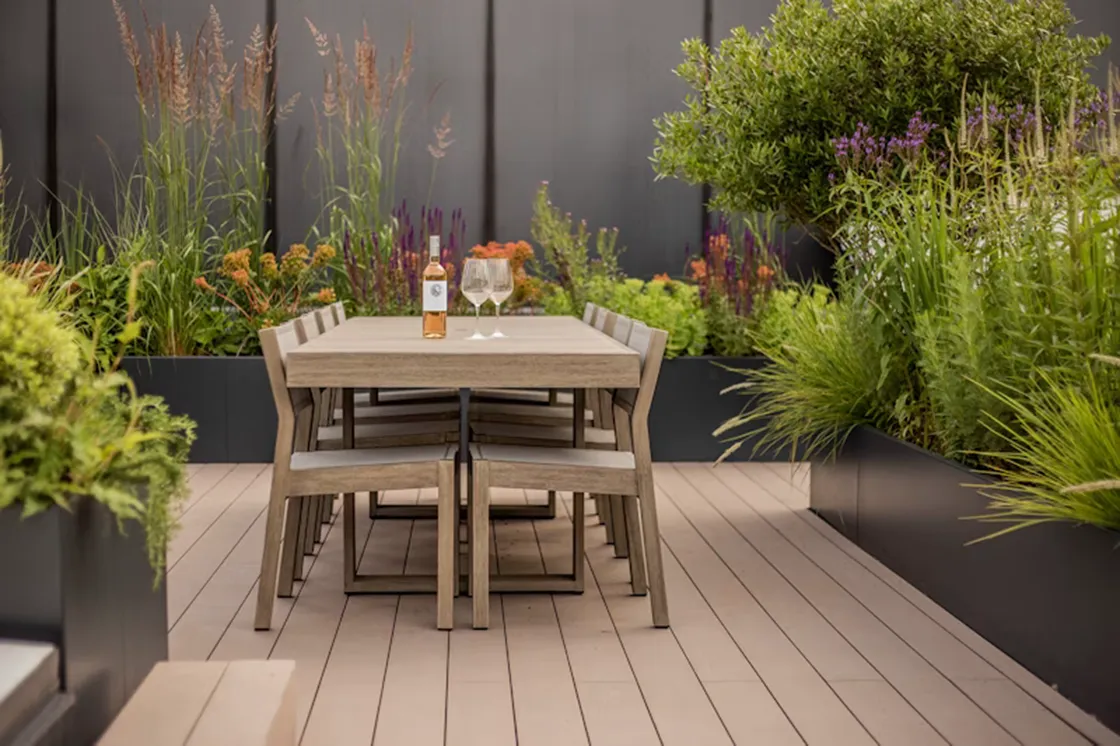But integrating a roof terrace system successfully requires more than just aesthetic vision. It demands early-stage planning, technical coordination and the right system components to ensure structural integrity, drainage performance, fire compliance and long-term usability.
This blog is designed to help architects confidently incorporate roof terrace systems into their architectural plans from the outset, maximising design potential while avoiding common challenges. Whether you are designing a new build or upgrading an existing roof, here’s what you need to know to make your next roof terrace project a success.
Why roof terraces are gaining popularity in urban architecture
In cities where space is tight, roof terraces are becoming a smart and stylish way to make the most of every square metre. Instead of leaving rooftops empty or purely functional, developers and architects are turning them into valuable outdoor spaces for people to relax, socialise or even work.
For residential buildings, a roof terrace can be a private escape or a shared green space that boosts quality of life. In commercial or mixed-use developments, it’s a great way to offer extra amenities, such as meeting areas, cafés or landscaped retreats with views.
There’s also a sustainability angle. Roof terraces can help manage rainwater, reduce the urban heat island effect and support biodiversity when designed with planters.
Plus, planning policies in many cities now favour developments that offer outdoor access, especially in high-density areas. So not only are roof terraces in demand, but they are also quickly becoming a design expectation.
All of this makes roof terrace systems a smart move from both a design and value standpoint. But to do them well, you need to plan for them early.

